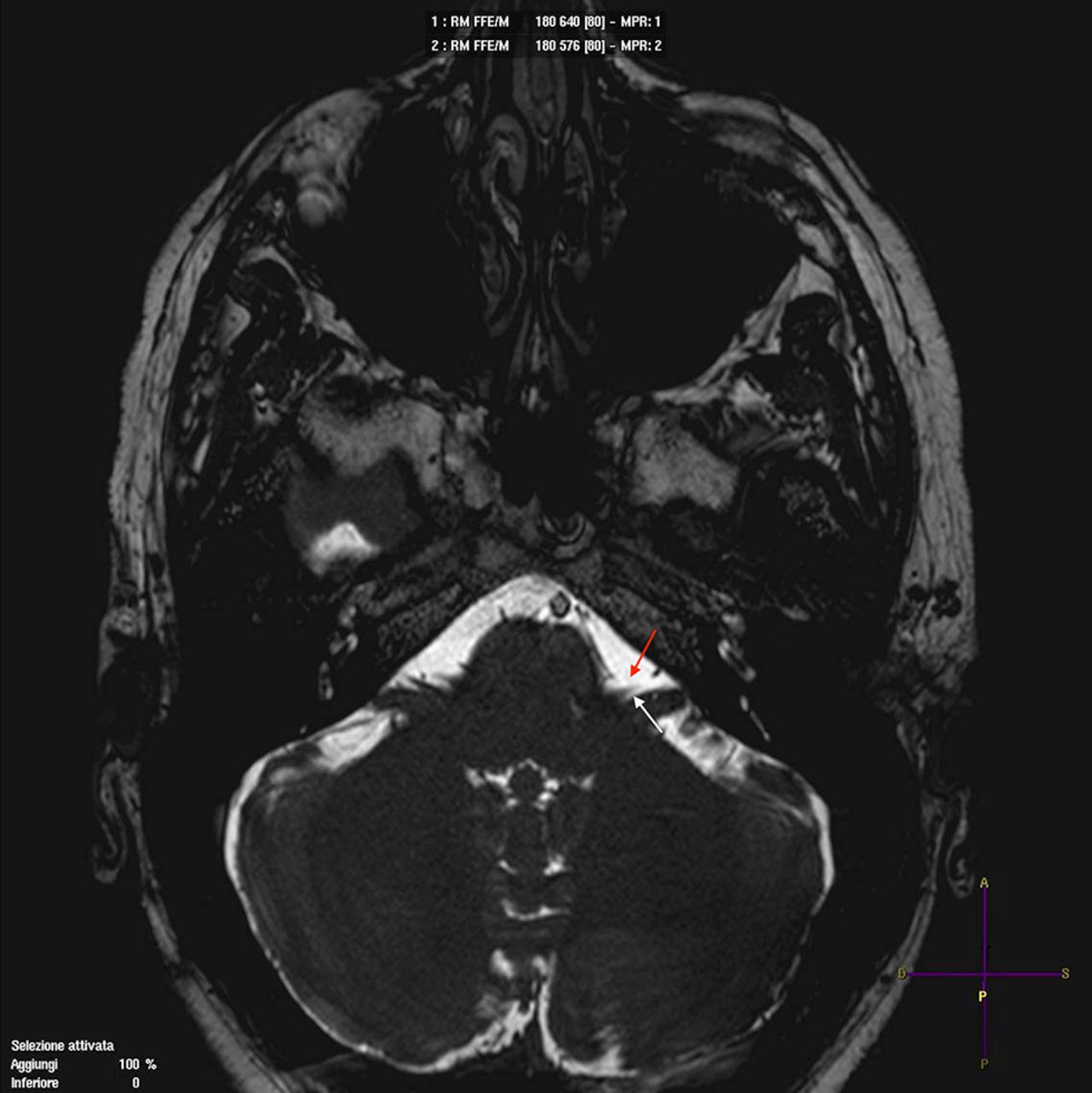What is Hemifacial spasm?
Hemifacial spasm (HFS) is a type of movement disorder characterized by involuntary unilateral tonic and clonic contractions of the face. Most of the patients have unilateral HFS, but some could have bilateral symptoms.
How common is Hemifacial spasm?
HFS more common in women (2:1), with overall prevalence of about 10/100,000 but more common in Asian communities. Most of the cases are sporadic, i.e., not spread in hereditary pattern. It should be differentiated from other movement disorders of face such as tics, myokymia, tardive dyskinesia and psychogenic facial spasm.
Why does Hemifacial spasm occur?
In most of the patients no clear cause can be attributed. But it has been noted that many patients have an aberrant vessel compressing the VII cranial nerve (Facial nerve). However, it has also been noted that upto 25% of normal controls also have an aberrant vessel, suggesting multiple factors playing the role in pathogenesis. These factors include abnormal signal transmission in the nerve. In few patients secondary causes may be the culprit and include meningioma, schwannoma, parotid gland tumor or pilocytic astrocytoma of the fourth ventricle.
Is any type of investigation required for diagnosing the disorders?
HFS is a clinical diagnosis which does not require any specific investigation. However, few patients do require brain imaging. Imaging of the brain (MRI with special sequences to trace facial nerve) is usually indicated in patients who have atypical features such as facial weakness, numbness, or other associated findings.
How do you treat Hemifacial spasm?
Botulinum therapy (Botox Injections) remain the first and preferred line of therapy for most of the patients. Botulinum injections requires to be taken once in 3 months to have a sustained stable benefits over the time. Most people have been taking the injections over many years without loss of benefit or long term side effects
In some patients in whom there is significant blood vessel abutting the facial nerve or those who do not respond satisfactoriry to botulinum injections, surgical therapies (microvascular decompression) is considered.

